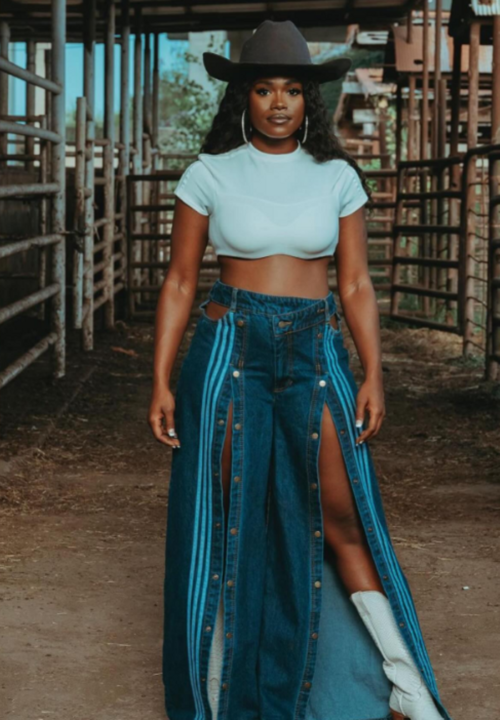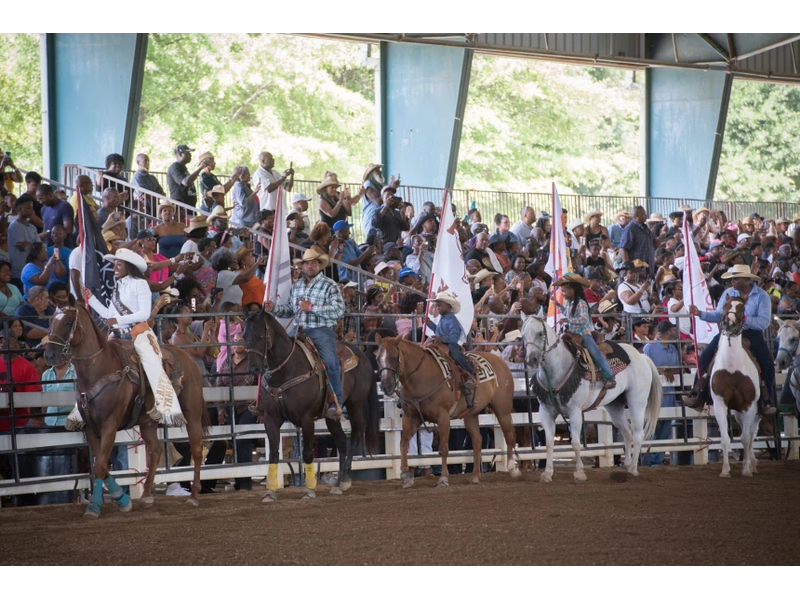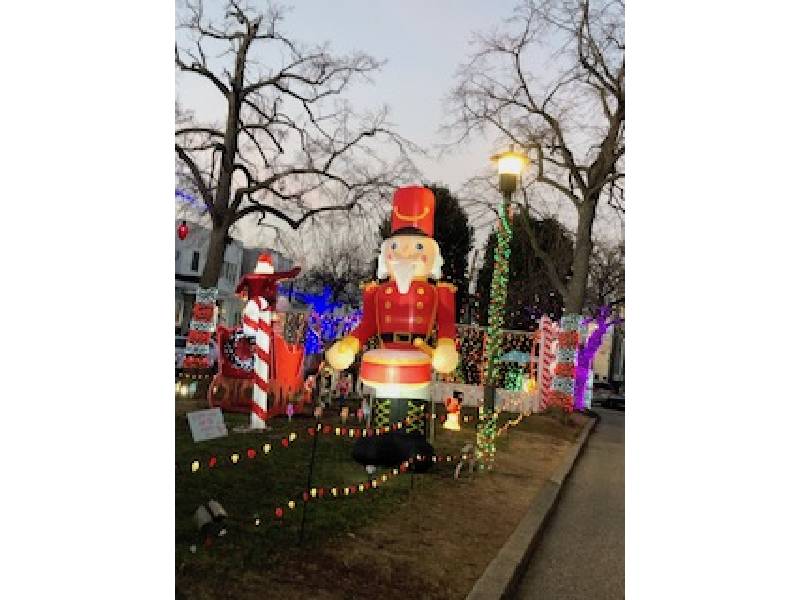Image: Bill Pickett Invitational Rodeo by Cyril Bailleul
When you think of your typical American cowboy, you imagine the hat, the stirrups, the horse… And chances are you probably imagine him a white man. However, around 25% of the cowboys responsible for the movement in the American West were African American. After the Civil War, as many as one-third of all cowboys were Black. That reality has been either hidden, ignored, or overlooked in both American history books and in the country’s pop culture.
The emergence of what we know today as “cowboys”, was not only born out of the necessity to tame the West and commercialize its booming agricultural development. Black cowboys would find purpose and identity after enslavement. The huge and growing demand for skilled cattle workers in the West presented Black Americans with unprecedented opportunities. Early on, these cowboys found work on cattle ranches as ropers, trail cooks, wranglers, and drovers, driving herds of cattle across long distances to markets or railheads.
Black pioneers expertly worked with horses to entertain, compete, and cultivate the land, giving way to a rich history of Black cowboys and cowgirls in the U.S. In 1875, for instance, the first Kentucky Derby was won by a Black jockey, Oliver Lewis; in fact, 15 of the first 20 derbies were won by Black jockeys, according to the Library of Congress. Black cowboys would later serve as law officers, own ranches, ride in rodeos, become singers, and perform in movies. The popularity of Western-themed entertainment, such as rodeos and Wild West shows, would take off and bring additional opportunities for Black cowboys and cowgirls outside of the ranch.
Eventually, Black cowboys and cowgirls gained notoriety for their skills and achievements. One of the most renowned Black cowboys was Nat Love. Love was born into slavery in Tennessee but later became a skilled cowboy, participating in cattle drives, rodeos, and ranching activities. His exploits and life were documented in his autobiography, The Life and Adventures of Nat Love published in 1907. Love and several real cowboys, lawmen, and outlaws of the nineteenth-century American West were recently represented in the 2021 Netflix movie, The HarderThey Fall.

Image: Nat Love, still from The Harder They Fall. Source: Public Domain, Netflix
Black women made enormous contributions to the advancement and culture of the Wild West. They built towns, established charities, created schools, developed churches, and did dangerous jobs such as mail delivery. They were real estate magnates, writers, celebrated chefs, investors, and trailblazers.
Mary Fields, or Stagecoach Mary, was another Black cowgirl portrayed in the Netflix movie. She was the first Black woman to be a Star Route mail carrier in the United States. Mary earned the nickname Stagecoach Mary for her reliability and bravery through all the conditions of what was a perilous job. After she retired from her star route contract, Mary settled in Cascade as its only African American resident. She was well known and popular in her city for her accurate shot, her cigar, her whisky, her kindness, and her charity.

Image: Stagecoach Mary. Source: Public Domain, Black Girl Nerds
Another notable Black cowgirl was Sylvia Rideoutt Bishop. In 1954, Bishop became the first female African American to train Thoroughbreds in the United States when the West Virginia Legislature authorized her with the license for training racehorses. Between 1987 and 2000, Bishop’s horses won 44 races, earning a total of US$166,633. During her 60-year-long career in horse racing, she trained about 200 steeds for the track primarily for the Charles Town race track.
In museums and galleries across the country, the once-unknown stories of Black cowboys and cowgirls are galloping toward the light. In modern times, cowboys are becoming less stereotypically portrayed as White men defending their ranch from Indigenous groups. A group of modern-day cowboys are bringing light to this rich history. Caitlin Gooch, a 30-year-old North Carolina native, has committed to teaching Black children about this overlooked kinship through books and fun horse activities.
Hailing from Fort Smith, Arkansas, 21-year-old Ja’Dayia Kursh, now known as known as the Classy Black Cowgirl, didn’t grow up near Black rodeos, but she gravitated toward the industry. In May 2017, Kursh was crowned the Coal Hill Rodeo Queen, officially becoming the first Black rodeo queen in the state of Arkansas at age 17. Since then, she has worked with notable brands like Wrangler, Boot Barn, and Ivy Park x Adidas.

Image: Ja’Dayia Kursh. Instagram | @jadayiyakursh
Founded in 1984 by the late Lu Vason, the Bill Pickett Invitational Rodeo is the first Black touring rodeo in the nation. The real Bill Pickett wasn’t a sharpshooter, but perhaps the most famous Black rodeo rider of the early 20th century. Bickett grew up in Oklahoma in a ranching family and soon pioneered the rodeo sport of “bulldogging,” in which he would grab a bull by the horns and bite into its upper lip to immobilize it. In 1971, Pickett became the first Black cowboy inducted into the Hall of Fame of the National Cowboy and Western Heritage Museum.
Based in Denver, the BPIR is named after the first African American to be inducted into the National Rodeo Cowboy Hall of Fame. Apart from providing an entertaining experience, for the past 37 years, the association has educated spectators on the contributions of Black cowboys and cowgirls in building the West. The BPIR brings an important element of Black Western Heritage into our present-day experience with family fun, education, excitement, and celebration.
Source

Boitumelo Masihleho is a South African digital content creator. She graduated with a Bachelor of Arts from Rhodes University in Journalism and Media Studies and Politics and International Studies.
She’s an experienced multimedia journalist who is committed to writing balanced, informative and interesting stories on a number of topics. Boitumelo has her own YouTube channel where she shares her love for affordable beauty and lifestyle content.





